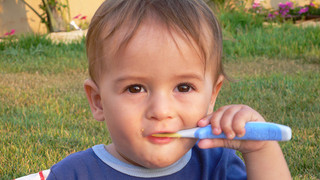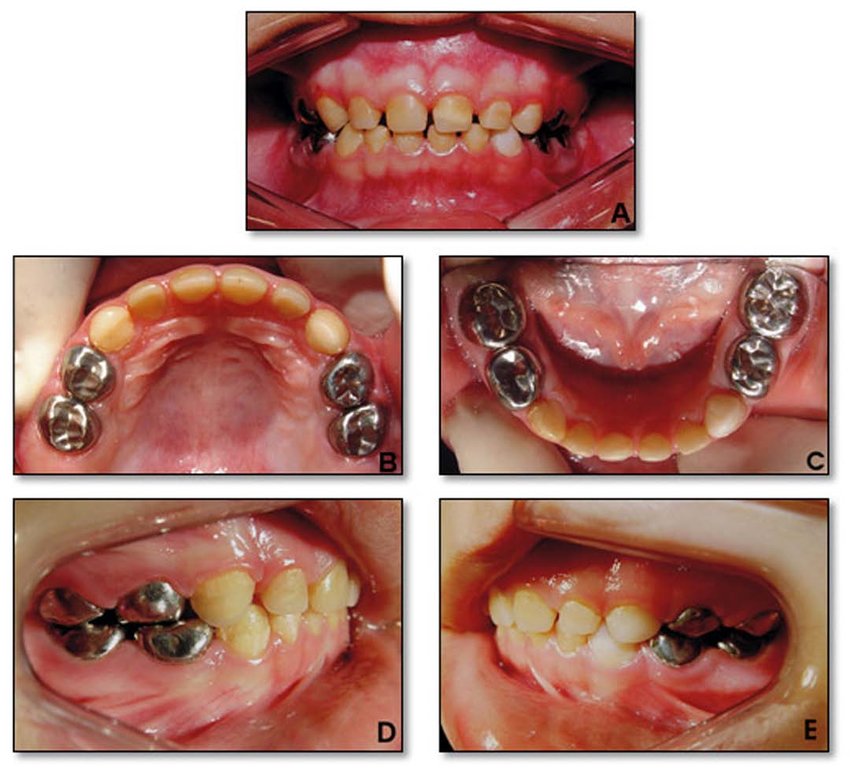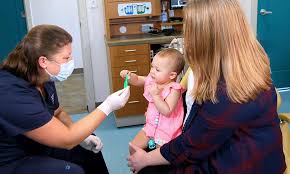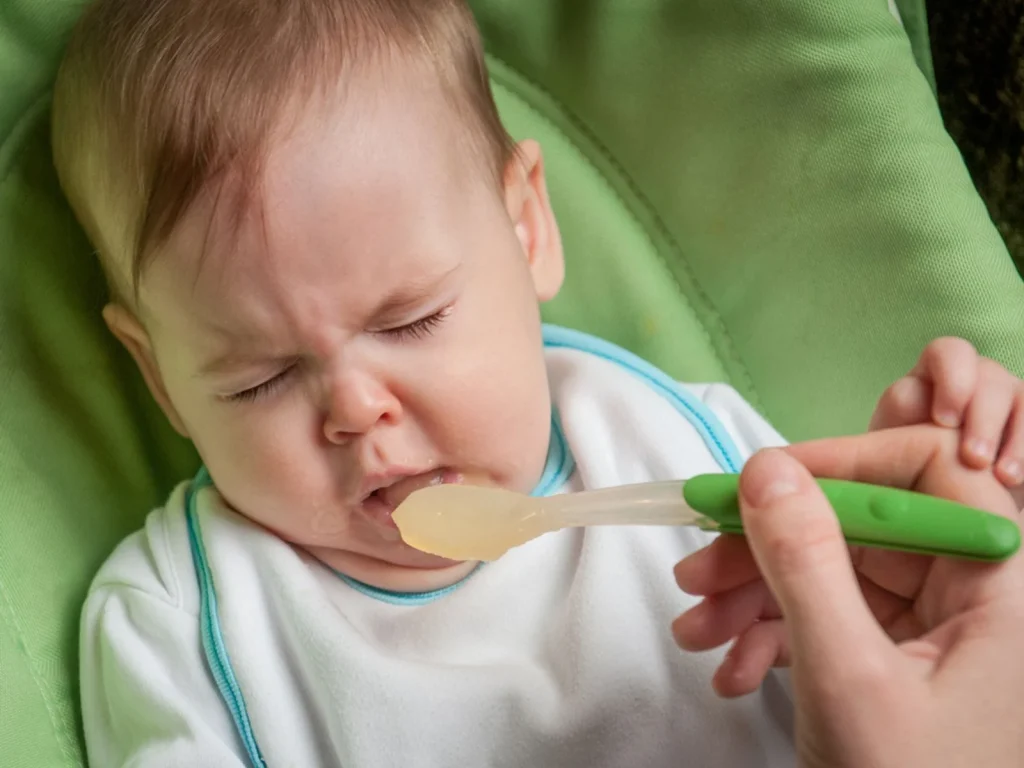breastfeeding toddler tooth decay

Breastfeeding is widely recommended for infants due to its numerous health benefits, including providing essential nutrients and strengthening the immune system. However, there is a growing concern among parents and healthcare providers about the potential link between breastfeeding and toddler tooth decay. Understanding the relationship between breastfeeding and toddler tooth decay, as well as implementing effective prevention and treatment strategies, is crucial for ensuring your child’s oral health. This comprehensive guide will explore the causes, prevention, and treatment of breastfeeding toddler tooth decay, offering valuable insights for parents and caregivers.
Understanding Toddler Tooth Decay
Tooth decay, also known as dental caries, is the destruction of tooth enamel caused by acid-producing bacteria. When bacteria in the mouth feed on sugars from food and drinks, they produce acids that erode the enamel, leading to cavities. Tooth decay can affect anyone, including toddlers, and if left untreated, it can lead to pain, infection, and other dental issues.
Key Points:
- Causes: Frequent exposure to sugary foods and drinks, poor oral hygiene, and prolonged bottle feeding with sugary liquids are common causes of tooth decay in toddlers.
- Symptoms: Early signs of tooth decay in toddlers include white spots on the teeth, sensitivity to hot and cold foods, and visible pits or holes.
The Link Between Breastfeeding and Toddler Tooth Decay
While breastfeeding offers numerous health benefits, concerns have arisen regarding its potential role in toddler tooth decay. It is essential to understand that breastfeeding alone does not cause tooth decay; rather, it is the combination of factors such as oral hygiene practices, dietary habits, and genetic predisposition that contribute to the development of cavities.
Factors Contributing to Breastfeeding Toddler Tooth Decay
- Frequency of Nighttime Feedings:
- Frequent nighttime breastfeeding sessions can expose a toddler’s teeth to sugars in breast milk over extended periods. Unlike daytime feedings, nighttime feedings are often followed by sleep without oral hygiene, allowing sugars to linger on the teeth and create an environment for bacteria to thrive.
- Poor Oral Hygiene:
- Inadequate brushing and flossing can lead to the accumulation of plaque on a toddler’s teeth. If oral hygiene practices are not established early, the risk of tooth decay increases, regardless of breastfeeding habits.
- Dietary Factors:
- The overall diet of the toddler plays a significant role in oral health. Consuming sugary foods and drinks, in addition to breastfeeding, can increase the risk of tooth decay. Parents should be mindful of their child’s diet and limit sugary snacks and beverages.
- Genetic Predisposition:
- Some children may be more susceptible to tooth decay due to genetic factors. Family history and the composition of the child’s saliva can influence the likelihood of developing cavities.
Prevention Strategies for Breastfeeding Toddler Tooth Decay
Preventing breastfeeding toddler tooth decay involves a combination of good oral hygiene practices, dietary choices, and regular dental care. Here are some effective strategies for prevention:
- Establish a Brushing Routine:
- Begin brushing your toddler’s teeth as soon as the first tooth appears. Use a small, soft-bristled toothbrush and a smear of fluoride toothpaste for children under three years old. For children three years and older, use a pea-sized amount of fluoride toothpaste. Brush your child’s teeth twice a day, ensuring you cover all surfaces of the teeth.
- Clean Teeth After Nighttime Feedings:
- After nighttime breastfeeding sessions, gently wipe your toddler’s teeth and gums with a clean, damp cloth to remove any residual milk and sugars. This simple step can help reduce the risk of decay.
- Teach Proper Brushing Techniques:
- Teach your child the correct brushing technique. Use gentle, circular motions and focus on brushing the front, back, and chewing surfaces of each tooth. Assist your child with brushing until they are capable of doing it effectively on their own, usually around age seven or eight.
- Flossing:
- Once your child has two teeth that touch, start flossing between them daily. Flossing helps remove food particles and plaque from between the teeth and along the gum line, areas that a toothbrush cannot reach.
- Healthy Diet:
- Encourage a balanced diet with plenty of fruits, vegetables, and whole grains. Limit sugary snacks and drinks, which can contribute to plaque formation. Offer water as the primary beverage and avoid sugary drinks, especially before bedtime.
- Regular Dental Check-Ups:
- Schedule regular dental check-ups starting by your child’s first birthday. Dental visits every six months allow for professional cleanings and early detection of potential issues.
- Use Fluoride:
- Fluoride strengthens tooth enamel and helps prevent decay. Ensure your child uses fluoride toothpaste and consider fluoride treatments if recommended by your dentist.
- Avoid Prolonged Bottle Feeding:
- Transition your child from a bottle to a cup by their first birthday. Avoid putting your child to bed with a bottle, especially one containing sugary liquids.
- Lead by Example:
- Children learn by observing their parents. Brush and floss your teeth together to model good oral hygiene habits.
Addressing Breastfeeding Toddler Tooth Decay
If breastfeeding toddler tooth decay is already present, several treatment options are available to address the issue. These treatments range from at-home care to professional dental procedures:
- Improved Oral Hygiene:
- The first step in addressing breastfeeding toddler tooth decay is improving your child’s oral hygiene routine. Ensure they are brushing and flossing effectively and consistently.
- Professional Cleaning:
- A professional dental cleaning can remove plaque and tartar that has accumulated on the teeth. Dentists use specialized tools to thoroughly clean the teeth and gums.
- Fluoride Treatments:
- Fluoride treatments can help strengthen tooth enamel and prevent further decay. Your dentist may apply a fluoride gel or varnish to your child’s teeth during a dental visit.
- Dental Sealants:
- Dental sealants are a protective coating applied to the chewing surfaces of the back teeth. They help prevent plaque and food particles from accumulating in the grooves and pits of the teeth.
- Silver Diamine Fluoride (SDF):
- SDF is a topical treatment that can stop the progression of tooth decay. It works by killing the bacteria that cause decay and hardening the affected tooth structure.
- Dietary Changes:
- Adjusting your child’s diet to reduce sugary and starchy foods can help decrease decay. Encourage healthier snack options like fruits, vegetables, and cheese.
- Oral Rinses:
- Oral rinses containing fluoride or antimicrobial agents can help reduce plaque buildup. Consult your dentist before using oral rinses with young children.
- Regular Monitoring:
- Keep a close eye on your child’s oral health and schedule regular dental check-ups. Early detection and treatment of decay can prevent more serious dental issues.
The Role of Parents in Managing Breastfeeding Toddler Tooth Decay
Parents play a vital role in preventing and managing breastfeeding toddler tooth decay. Here are some ways parents can support their child’s oral health:
- Supervise Brushing and Flossing:
- Until your child can brush and floss effectively on their own, supervise their oral hygiene routine. Make sure they are using the correct technique and brushing for the recommended two minutes.
- Create a Routine:
- Establish a consistent oral hygiene routine that includes brushing twice a day and flossing daily. Consistency helps reinforce good habits.
- Provide the Right Tools:
- Ensure your child has a toothbrush and toothpaste appropriate for their age. Replace the toothbrush every three months or sooner if the bristles become frayed.
- Encourage Healthy Eating:
- Offer a balanced diet with limited sugary snacks and drinks. Encourage water as the primary beverage and provide healthy snack options.
- Make It Fun:
- Turn brushing and flossing into a fun activity. Use songs, timers, or apps to make the process enjoyable for your child.
- Educate About Oral Health:
- Teach your child about the importance of oral health and the consequences of poor hygiene. Use age-appropriate language and concepts to explain why brushing and flossing are essential.
- Schedule Dental Visits:
- Ensure your child visits the dentist regularly for professional cleanings and check-ups. Regular dental care is crucial for maintaining good oral health.
Common Myths and Misconceptions About Breastfeeding and Toddler Tooth Decay
There are several myths and misconceptions about breastfeeding and toddler tooth decay that can lead to confusion. Here are some common ones and the facts to set the record straight:
- Myth: Breastfeeding Alone Causes Tooth Decay.
- Fact: Breastfeeding itself does not cause tooth decay. Tooth decay is caused by the interaction of bacteria, sugars, and poor oral hygiene. While prolonged and frequent nighttime breastfeeding can contribute to decay, proper oral hygiene can mitigate this risk.
- Myth: Baby Teeth Don’t Matter Because They Fall Out Anyway.
- Fact: Baby teeth are essential for chewing, speaking, and guiding the development of permanent teeth. Neglecting baby teeth can lead to pain, infection, and issues with permanent teeth.
- Myth: Cavities in Baby Teeth Don’t Need to Be Treated.
- Fact: Cavities in baby teeth should be treated to prevent pain, infection, and damage to the developing permanent teeth.
- Myth: It’s Okay to Let a Child Sleep with a Bottle of Milk or Juice.
- Fact: Milk and juice contain sugars that can cause plaque buildup and cavities if a child sleeps with a bottle. Water is the best option for bedtime.
- Myth: Fluoride Is Harmful to Children.
- Fact: Fluoride, when used appropriately, is safe and effective in preventing tooth decay. Fluoride toothpaste and treatments can help strengthen enamel and prevent cavities.
- Myth: Only Sugary Snacks Cause Plaque.
- Fact: Starchy foods like bread, crackers, and pasta can also contribute to plaque buildup. These foods break down into sugars in the mouth and feed plaque-causing bacteria.
When to Consult a Dentist
While many cases of early tooth decay can be managed with improved oral hygiene and dietary changes, it is essential to consult a dentist if you notice any of the following signs:
- Persistent White Spots or Brown Spots:
- White or brown spots on the teeth may indicate demineralization or early decay.
- Tooth Sensitivity:
- If your child experiences sensitivity to hot, cold, or sweet foods, it could be a sign of tooth decay.
- Visible Cavities or Holes:
- Any visible cavities or holes in the teeth require professional treatment.
- Pain or Discomfort:
- If your child complains of tooth pain or discomfort, seek dental care immediately.
- Swelling or Pus:
- Swelling, pus, or abscesses in the gums are signs of a severe infection that needs prompt attention.
The Role of Breastfeeding in Toddler Nutrition and Oral Health
Breastfeeding offers numerous nutritional benefits for toddlers, including essential vitamins, minerals, and antibodies that support overall health and development. While there are concerns about the potential for tooth decay, the benefits of breastfeeding often outweigh the risks when proper oral hygiene practices are followed.
Benefits of Breastfeeding:
- Nutrient-Rich:
- Breast milk provides essential nutrients that support a child’s growth and development.
- Immune Support:
- Breast milk contains antibodies that help strengthen the immune system and protect against infections.
- Emotional Bonding:
- Breastfeeding promotes bonding between the mother and child, offering comfort and security.
Balancing Breastfeeding and Oral Health:
- Oral Hygiene:
- Prioritize oral hygiene by brushing and flossing your child’s teeth regularly. Clean your child’s teeth after nighttime feedings to remove any residual milk.
- Dietary Choices:
- Encourage a balanced diet with limited sugary foods and drinks. Offer water as the primary beverage and avoid sugary drinks, especially before bedtime.
- Regular Dental Care:
- Schedule regular dental check-ups to monitor and maintain your child’s oral health. Professional cleanings and fluoride treatments can help prevent decay.
Conclusion
Breastfeeding toddler tooth decay is a concern for many parents, but with the right preventive measures and treatments, it can be effectively managed and even prevented. Understanding the causes of tooth decay and implementing good oral hygiene practices, a healthy diet, and regular dental visits are crucial steps in ensuring your child’s oral health. By taking a proactive approach and addressing tooth decay early, you can help your toddler maintain a healthy, bright smile and lay the foundation for a lifetime of good oral health. Remember, breastfeeding offers numerous benefits, and with proper care, you can balance these benefits with maintaining your child’s dental health.









